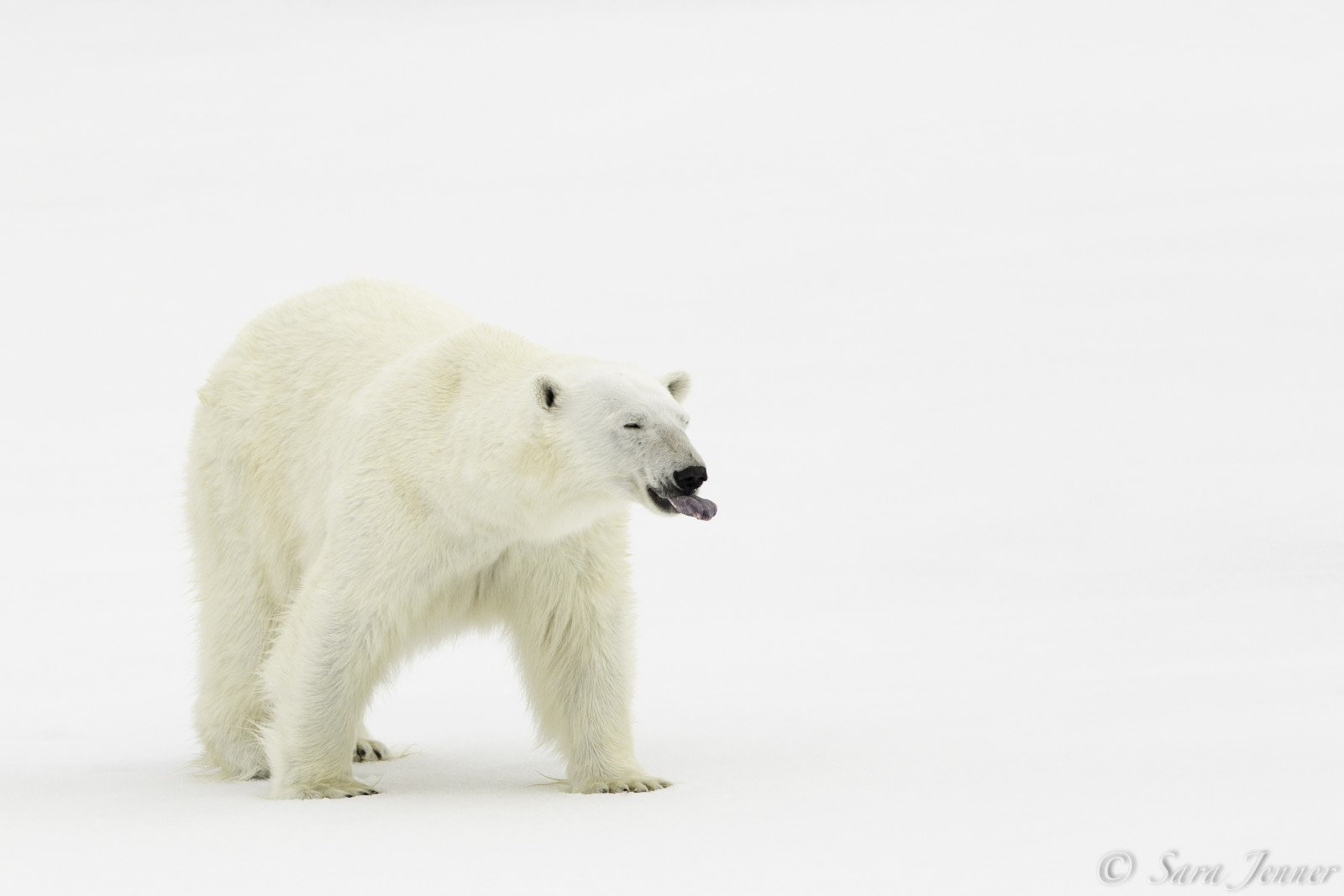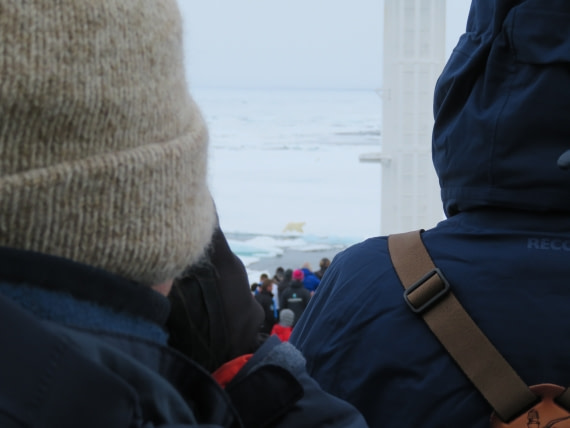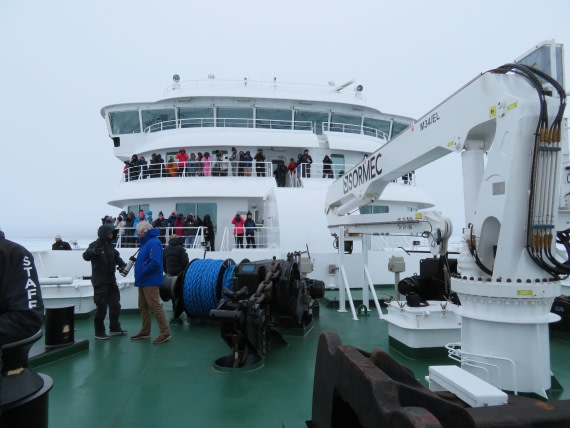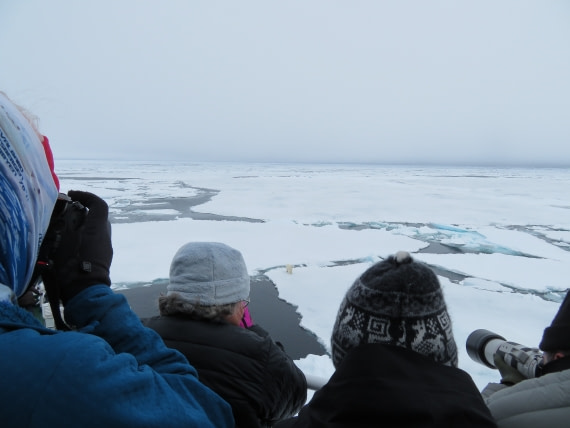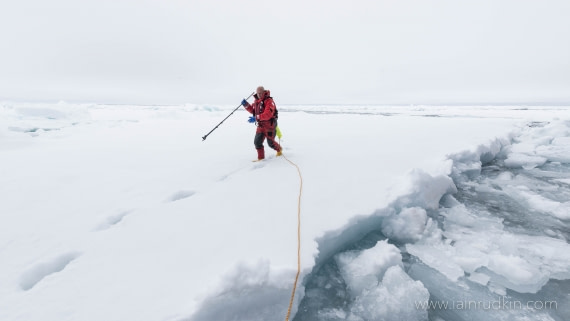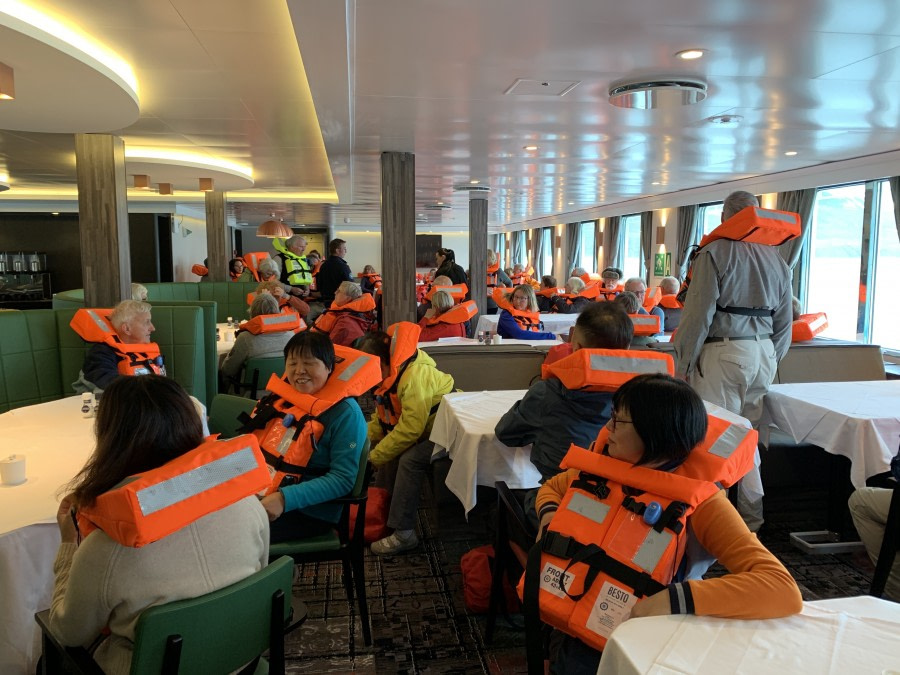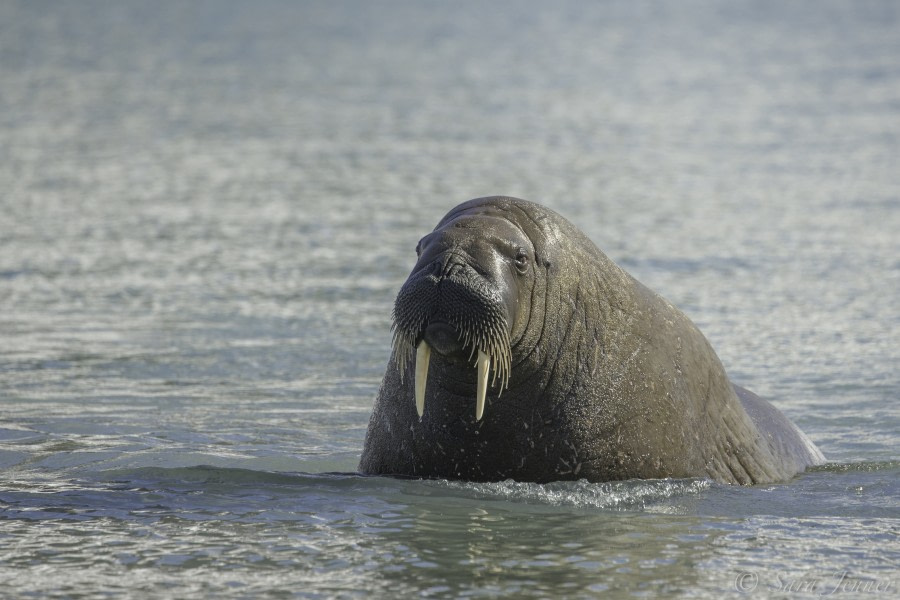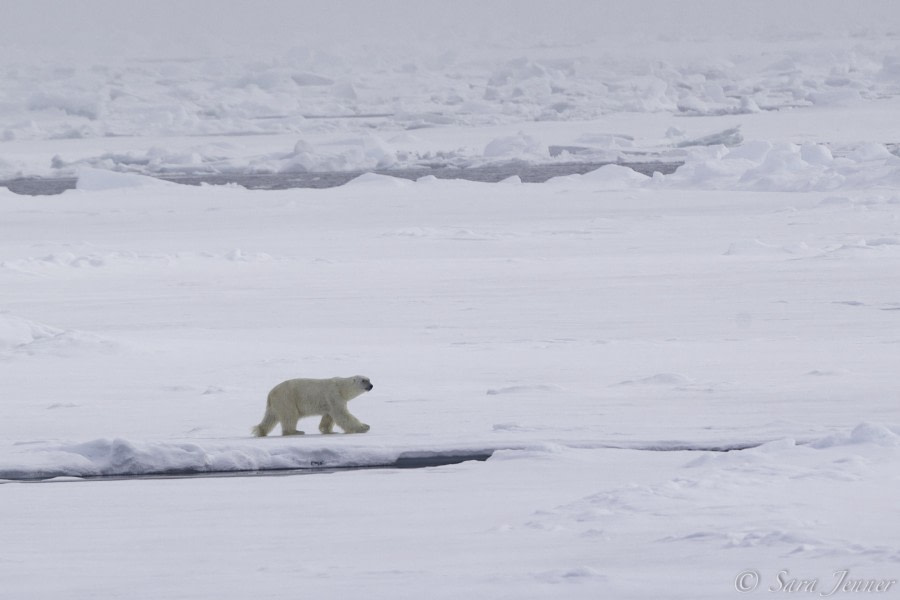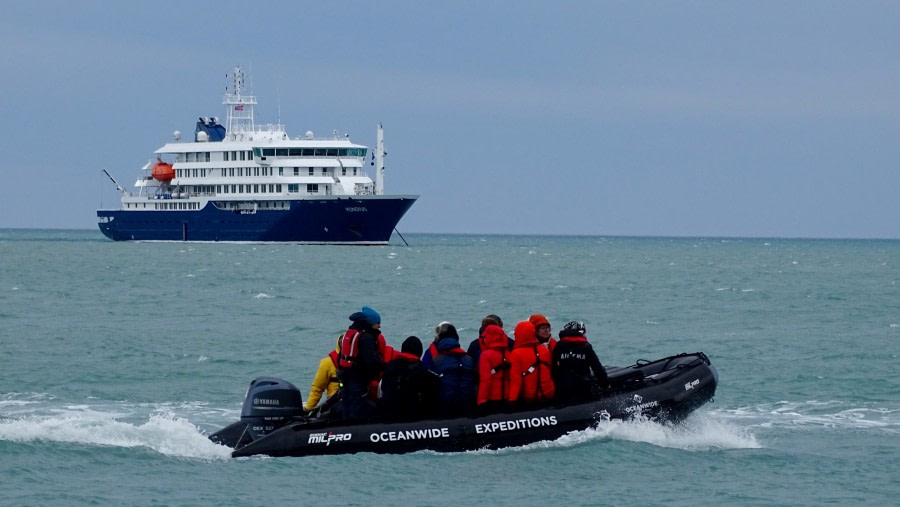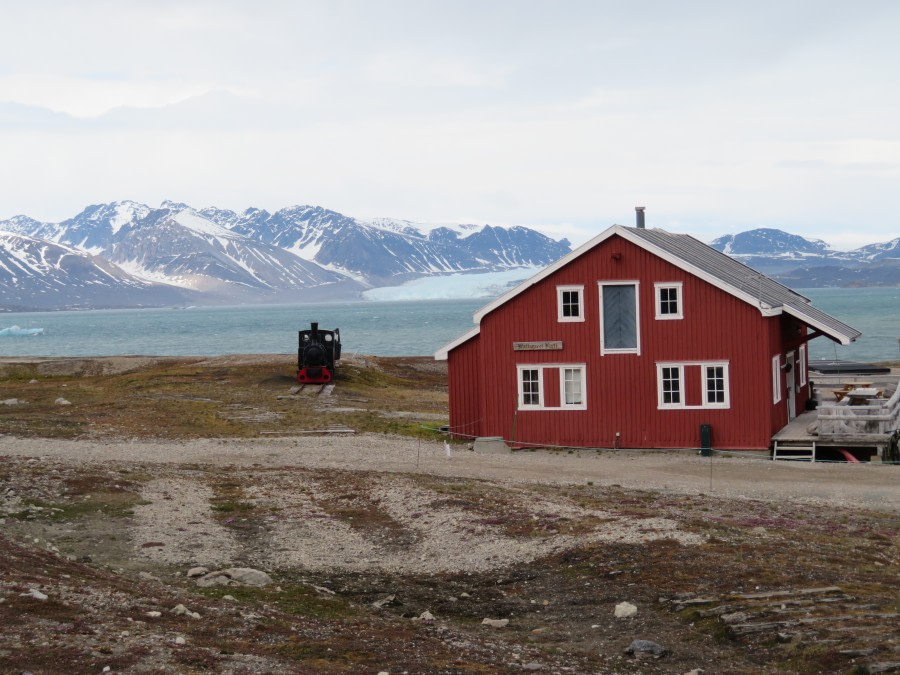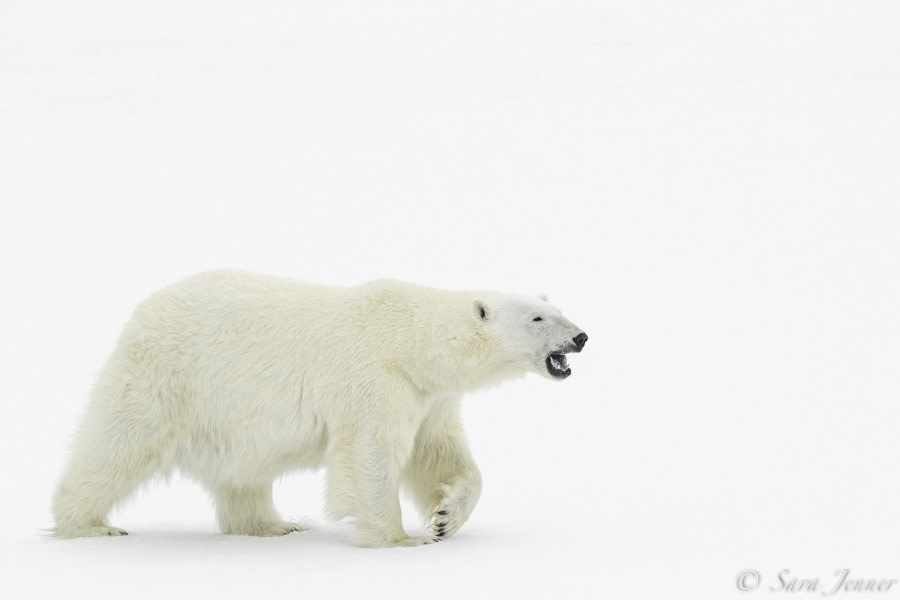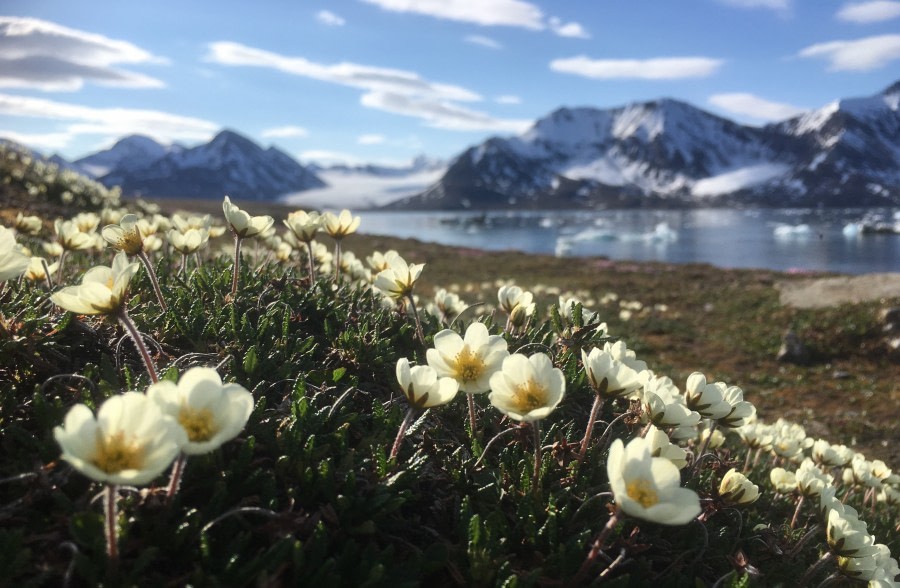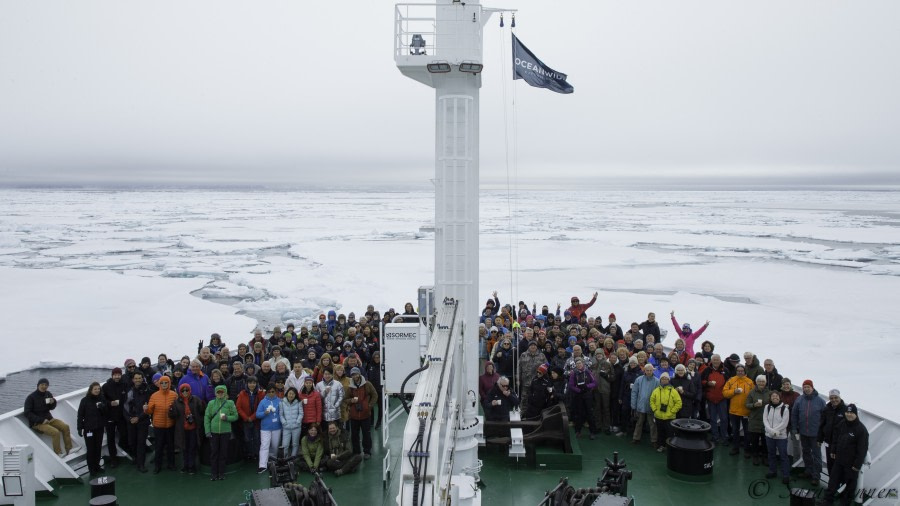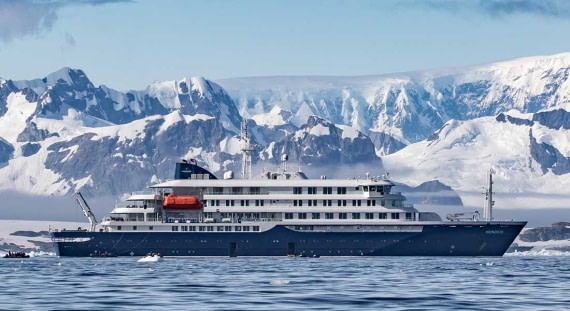| Date: | 28.06.2019 |
| Position: | 78°13’.62 N, 015°38’.50 E |
| Wind: | SE 2 |
| Weather: | Overcast |
| Air Temperature: | +3 |
Finally, the much-awaited departure day was upon us, for many of us today signified the culmination of a lifelong dream. The day started brightly in Longyearbyen, but unfortunately the sunshine was short lived and was quickly exchanged for clouds and a light breeze. However, this did little to dampen our spirits and the sense of excitement as to what the forthcoming adventure would hold. Since Longyearbyen’s foundation as a coal-mining settlement in 1906 by John Munro Longyear, it has been the starting point for many historic and pioneering expeditions. The town has a permanent population of around 2,200 residents but this number increases significantly during the summer with the arrival of thousands of cruise ship tourists ready to explore the archipelago of Svalbard. At 16:00 we gathered at the small pier were members of the Expedition team took care of the luggage and handed out lifejackets ready for the short zodiac ride out to the middle of the fjord where the m/v Hondius was anchored. We were greeted at reception by the hotel team who checked us in and showed us to our cabins. After which, most of us either headed to the outside decks to enjoy the views or to the bar for a warming cup of tea or coffee where we chatted excitedly with other passengers and staff about the upcoming days. At 17:30 we were asked to gather in the lounge for a welcome briefing from the Expedition Leader, Raphaël and Michael the Hotel Manager. We were then briefed by the Chief Officer, Mindaugas, on ship safety and how to prepare for abandon ship procedures, should the worst incident happen on board. Soon afterwards it was time for the mandatory safety drill, so we collected our SOLAS orange life jackets and immersion suits from our cabins and gathered in the designated muster stations. After an electronic roll-call to ensure everybody was there, we were then escorted outside to take a look at the lifeboats, but were left confident that we would have no reason to do this again in the next 7 days! With the mandatory safety briefing completed we lifted the anchor and set sail through Isfjord. Shortly afterwards we were invited to the dining room to enjoy the first of many delicious meals on board, prepared by head chef Ralf and his team. There was a real buzz in the dining room, as we got to know each other and talked about our hopes and aspirations for this voyage. As we headed to open water after dinner there was plenty of birdlife to be spotted around the ship, so many people dressed warmly and headed back outside. The keen birders amongst the group were pleased to see their first Atlantic Puffins of the voyage along with lots of Black Guillemots, Little Auks and Northern Fulmars. At last, tired from our travels, we retired to our cabins to rest and prepare for the first full day of our polar adventure.
